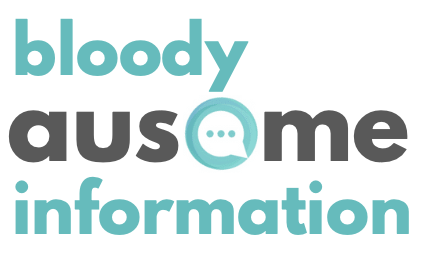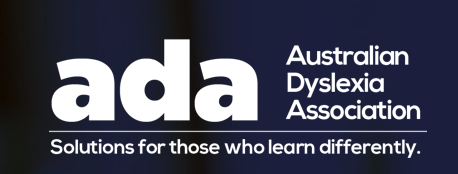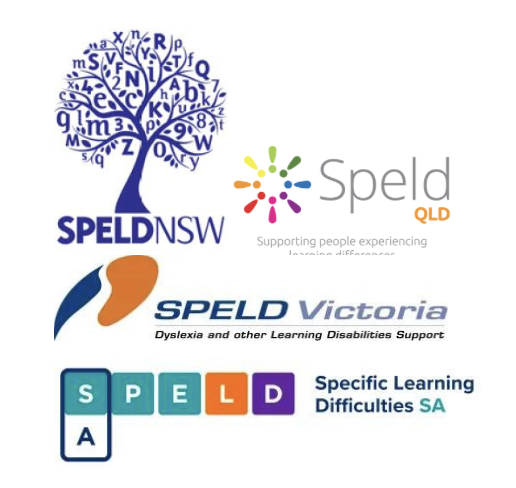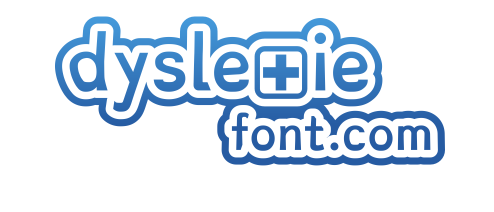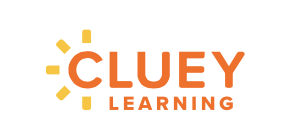Can intervention cure a learning difficulty?
There is no cure for a learning disability, but the impact of the learning disability can be reduced significantly through the provision of effective interventions. Over time, effective compensatory strategies are often developed and as a result, the visible signs of a learning problem can become less obvious.
Choosing intervention programs
Research strongly suggests that interventions for learning disorders should target the component skills of reading, spelling, mathematics and writing.
- Direct instruction (DI) refers to a rigorously developed, fast-paced approach that is designed to each student’s new skills in a step by step manner by instructors using a carefully designed script. Students receive immediate feedback and are expected to achieve mastery of each skill level before progressing to the next level. Research shows that DI programs are frequently found to be amongst the most successful intervention approaches available.
- Structured Synthetic Phonics (SSP) programs are designed to teach children the predictable relationships between the sounds of speech (phonemes) and the alphabet letters (graphemes) we use in written language. Essentially when a child learns to read using synthetic phonics they learn to link letters to speech sounds and then blend these sounds together to read words. In SSP programs, the sound-letter relationships are taught in a predetermined sequence using a systematic and explicit approach. Children are taught to read and spell accurately and fluently beginning with simple words like at, an and pin before progressing to more complex spelling patterns.
Learning disorders are NOT the same for everyone
While there are symptoms that are common with disorders, each child will display and experience symptoms differently - the level of severity can range from mild to severe. The symptoms need to be present in each of the disorders for a period of at least six months before a diagnosis can be made.

